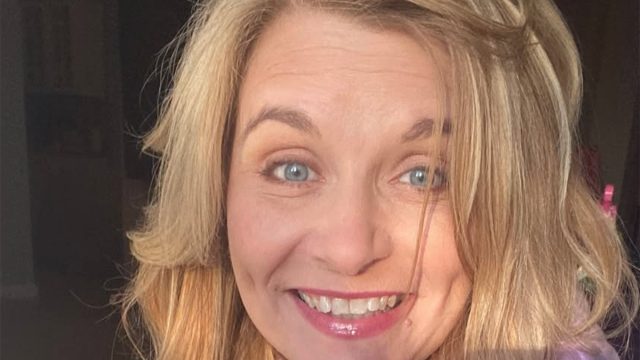Fitness Coach Reveals 4 Mistakes Preventing You From Losing Weight

Are you struggling to lose weight? You might be making a mistake that is getting in the way of your progress, according to an expert. Kim Schlag is a midlife and menopause fitness specialist who helps clients achieve their weight loss goals. In a new post, she discusses the main ways people complicate weight loss and reveals what to do about it. "Ways you are making weight loss harder than it needs to be," she writes. "Want weight loss that's less complicated?" she asks, going into revealing the answers.
Stop Playing "Macro Tetris"
The first way you may be overcomplicating weight loss is by spending too much time calculating marcos. "Stop playing macro Tetris because research indicates that when calories and protein are equal you can lose weight just as well with a lower fat/higher carb diet as you can with a lower carb/higher fat diet," she says.
Instead, Keep It Simple
What should you do instead? "So keep it simple," she responds. "Track your calories and protein and then let carbs and don't worry about tracking carbs and fat."
RELATED: 8 High-Protein Foods with Nearly Zero Calories That Melt Fat.
Don't Make Spontaneous Decision
"Do you make your most important work decisions for big projects shooting from the hip? Likely you strategize & plan ahead. Do the same with the project of losing weight," she says. "Deciding as you go what to eat complicates the process and sets you up for success at hitting your deficit calories and protein target."
Instead, Try Meal Planning
One great way to do this is meal planning. "My most successful Fitter After 40 members & 1-1 online clients PRELOG THEIR MEALS the night before," she says.
Eating Out Multiple Times a Week
And, the third mistake you might be making? "Eating out multiple times a week if you're struggling to stay in your deficit calories is like going to Target & Home Goods many times per week when you're struggling to keep to your budget," she says.
Instead, Eat Out in a Defiicit or Eat More Meals at Home
"The calories add up fast eating out," she says. "Way more butter and & oil hidden in there, outrageous portion sizes, and the easy-to-add-on bread, appetizers, dessert & drinks. Eating out in a deficit is a skill that takes practice to learn, and if you haven't mastered your deficit calories in your home setting, you will likely struggle even more with take-out or restaurant meals. Prep & eat more meals at home."
RELATED: 12-3-30 Walking Method: 20 Proven Tips to Lose Weight Faster
Finally, Eat the Same Meals Deal
She offers an extra mistake. "Bonus way you're making weight loss harder than it needs to be: you're coming up with different meals every day. Girl, put those meals on repeat!" And if you enjoyed this article, take advantage of these 15 Quick Ways to Lose Body Fat Percentage in a Week.




